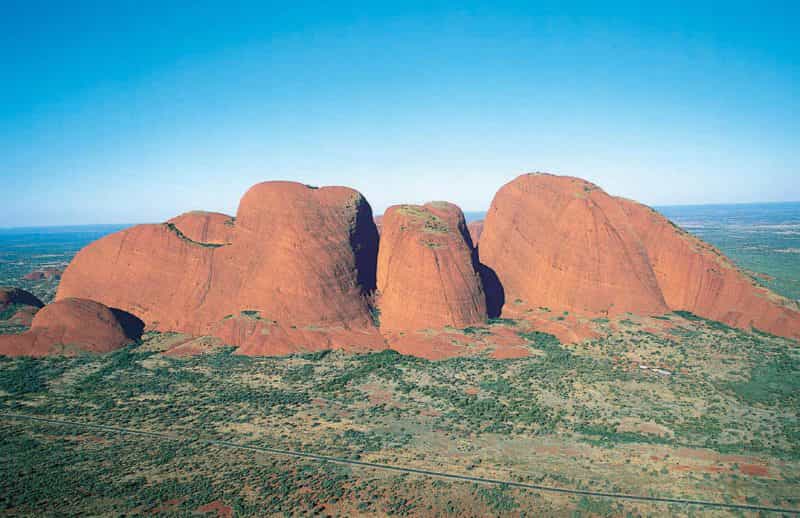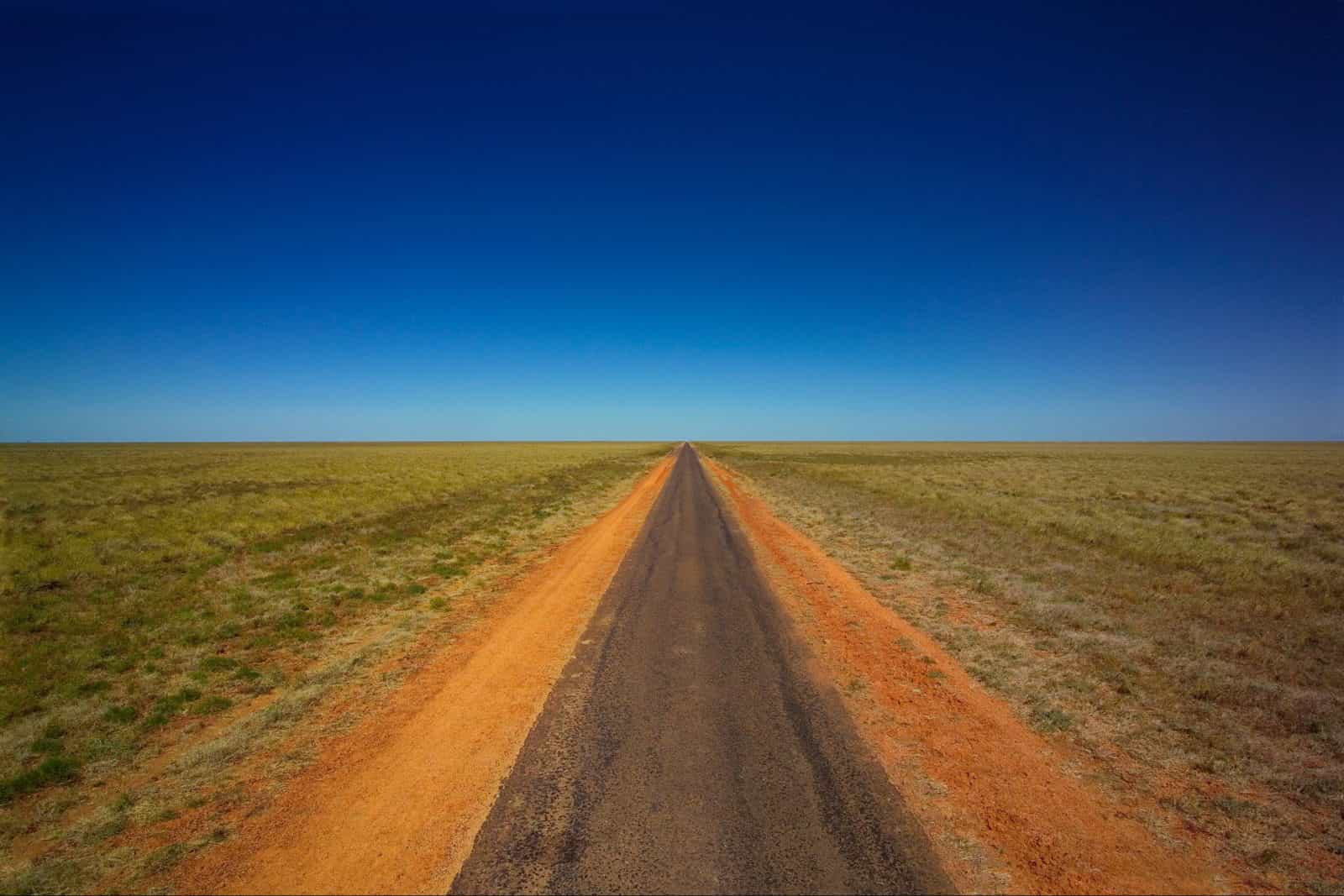Primary industry
Live cattle exports from the Territory supply Indonesia, Malaysia, Brunei and the Philippines. The Territory supplies beef, veal and game meats to European, American, Asian and Pacific countries. Seafood is also a mojor industry in the Northern Territory with the dominant export being Prawn fishing.
Mining
Mineral and hydrocarbon production have been a major contributor to the Northern Territory’s economic development.
Exploration in the Territory and known mineral resources include:
- bauxite, with the third largest bauxite mine in Australia at Gove;
- gold, with major mines in the Pine Creek area, the Tanami Desert and the Tennant Creek area;
- manganese on Groote Eylandt – one of the world’s four major producers of high grade ore;
- zinc, lead and silver, including one of the world’s largest known ore bodies at McArthur River; and
- bismuth, copper, diamonds, galena, mica, molydenum, ochre, opal, palladium, phosphate, platinum, tantalite, tin, tungsten, turquoise, rubies and wolfram.
Energy Resources
The Northern Territory’s energy resources include oil, natural gas and uranium. Oil and gas exploration and production occurs onshore as well as in three areas offshore which continue to dominate energy exploration.
Defence and science
Because of its strategic location, Darwin is an important base of the Australian defence services. Units of the Navy, Army and Air Force are stationed there and Darwin is the site for defence communications bases.
Scientific installations, mainly in Darwin and Alice Springs, are involved in a wide range of international and domestic services including defence communications, geophysics and seismology, meteorology, agriculture, animal husbandry and wildlife.
Transport
Sealed roads include the three major interstate links – the Stuart Highway from Darwin to the South Australian border, the Barkly Highway from Tennant Creek to the Queensland border and the Victoria Highway from Katherine to the Western Australian border.
Darwin is a first port of call for many international aircraft flying from Asia. From Darwin there are connections to all Australian capital cities.
The Port of Darwin is the foremost deep water port in the north of Australia. There are two other major ports in the Northern Territory – Milner Bay and Grove, both managed by mining companies.
Tourism
Tourism is one of the Northern Territory’s fastest-growing industries, In the recent years, visitor figures have increased by an average of eight per cent a year with the annual growth rate for overseas visitors was about 20 per cent.
Major developments have been established from the “Centre” of Australia to the “Top End” including the Uluru (Ayers Rock – Mt Olga) Resort, the Darwin and Alice Springs casinos, Plaza Hotels in Darwin and Alice Springs, the Beaufort Hotel in Darwin and the Kakadu “Crocodile Motel” at Jabiru.
Established destinations for visitors include Kakadu National Park, Katherine Gorge and Aboriginal cultural facilities provided by traditional owners at Melville Island, Kakadu, Arnhem Land, the Katherine Region and at Ipolera in the Centre. A wide range of accommodation from caravan parks to five-star hotels is available. Wilderness attractions include the Wilderness Lodge at Seven Spirit Bay on the Cobourg Peninsula and at Kings Canyon. The Conservation Commission and the Tourist Commission work together to protect the Territory’s unusual environmental and cultural resources while providing amenities for visitors.
Education
Schooling is compulsory in the Territory between the ages of six and 15.In some areas, Aboriginal pupils are taught in both English and their tribal language. The larger towns also have residential colleges for Aboriginal students.
The Northern Territory University in Darwin is the largest provider of tertiary education in the Territory, offering bachelor, master and doctorate degree programs, diploma and certificate courses, general-interest programs and short professional development courses. The University’s Institute of Technical and Further Education provides a wide range of trade and technical courses, as well as programs designed to develop managerial and supervisory skills.

